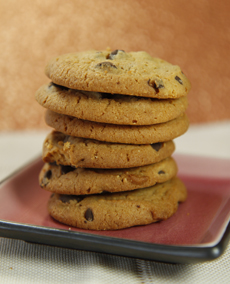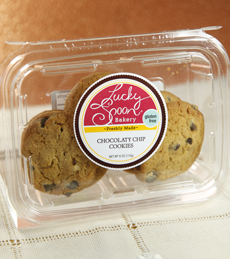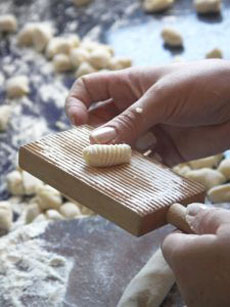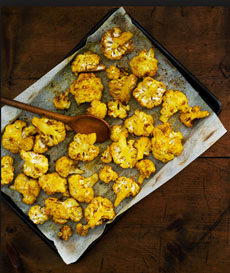The people we know who blog for different sites get $5 to $10 a blog post, whether it be restaurant reviews, product reviews, recipes or other types of food writing. Like pursuit of the creative arts (acting, music, painting, etc.), pursue the art you love but have a “day job” to pay the bills.
That‘a the down side, the reality of the business. But if you want to give it your best shot, here’s what we suggest:
Have a blog and expand it. If you already have readers, ask them what they’d like to see. Every time you research new content, you add to your professional expertise. Consider interviewing bakers, pastry chefs and industry executives for trends and tips. By interviewing people, you make connections that could lead you to other work.
Ask for ideas and constructive criticism. Speak with people who read other food blogs and ask them for input on yours. Don’t respond directly to criticism; one can’t help but be defensive when one’s work of passion is being judged. Just “take it under advisement” and decide how to address the input.
Get business cards with the title Food Writer or Freelance Food Writer and the link to your blog. You can do this inexpensively at Moo.com or Vistaprint.com. Every time the topic of food or your occupation comes up, hand out a card. You never know when a connection will be made, if not that day then down the road.
Join industry associations. Not only will you meet people, but the memberships will strengthen your resume. Go to the meetings of local groups, participate in the message boards, attend conferences. Make friends and hand out those cards. Volunteer for committees, where you get to really know people and they see your skills in action. We think the best committee is the programming or speaker committee. It gives you the opportunity to call leaders in the industry and invite them to speak. You’ll get to introduce yourself to someone who would never take your call under other circumstances.
Network, network, network. Take a class and/or read books on networking. Learn how to find leads in every encounter with everyone, from your hairdresser to friends’ parents. Then, give your “elevator pitch” to everyone you speak with (You’ll learn what that is).
Build the skills you need to stand out. The key talent required for success in most fields is not the industry expertise itself, but the business skills: pitching, selling, deal-making. Read books or find a mentor who can help you to build the ability to sell yourself and your ideas.
Get as close as you can to working in a food related business, in any capacity. It’s by meeting people and getting them to know and like you that other opportunities develop. Even if you had a clerical job at an ingredients manufacturer or a restaurant equipment distributor, for example, you could volunteer to do their blog or social media and build the credentials to move up to a job that focuses on writing. Often, a job that gives you the opportunity to write is not a full-time writing job.
Get a certificate in food studies. See what‘s available in your area or online. This will seriously differentiate you from other job candidates. Many major media outlets require their entry-level people to have such a certificate, even if they are Phi Beta Kappa graduates of Harvard who edited the school paper.
DO YOU HAVE ADVICE FOR ASPIRING FOOD WRITERS? ADD IT HERE!
|







